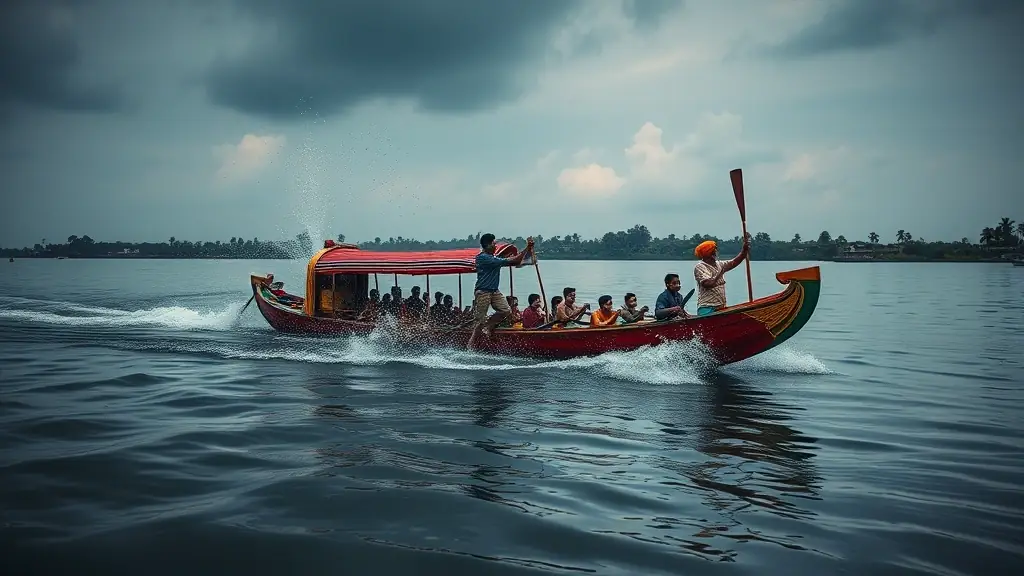
Snap. Snap. Snap.
Snap. Snap. Snap. Alleppey, often called the “Venice of the East,” is a paradise, particularly
If you go further inland from Alappuzha, you’ll find yourself in Kuttanad — a vibrant region of emerald-green paddy fields, gently crisscrossed by canals, rivers, and lakes. Kuttanad is the “Rice Bowl of Kerala,” a place where most rice farming in Kerala is practiced below sea level, making it a fascinating destination for travelers and agriculture enthusiasts alike.
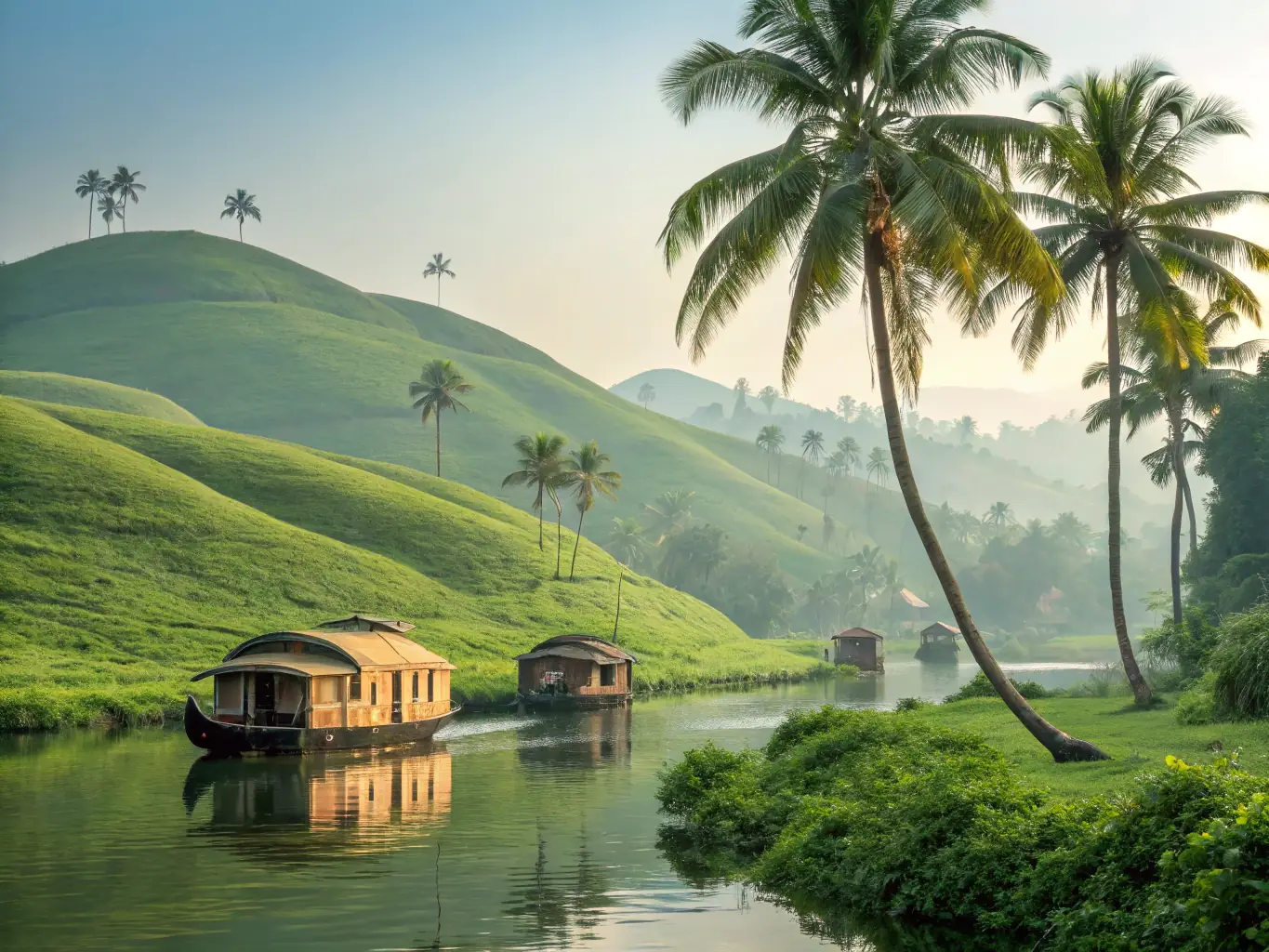
Kuttanad is called the “Rice Bowl of Kerala” because it is one of the most fertile and productive rice-growing regions in the state, and historically has supplied a significant portion of Kerala’s rice.
Kuttanad paddy fields belong to a unique agroecosystem. They lie 1.2 to 3 meters below mean sea level. This low-lying area has been turned into a fertile and productive land for cultivation through an intricate system of bunds (mud embankments) and canals that regulate water flow from the Vembanad Lake. In fact, Kuttanad is one of the rare regions in the world where rice cultivation happens below sea level — a feat recognized by the Food and Agriculture Organization (FAO) as a Globally Important Agricultural Heritage System (GIAHS).
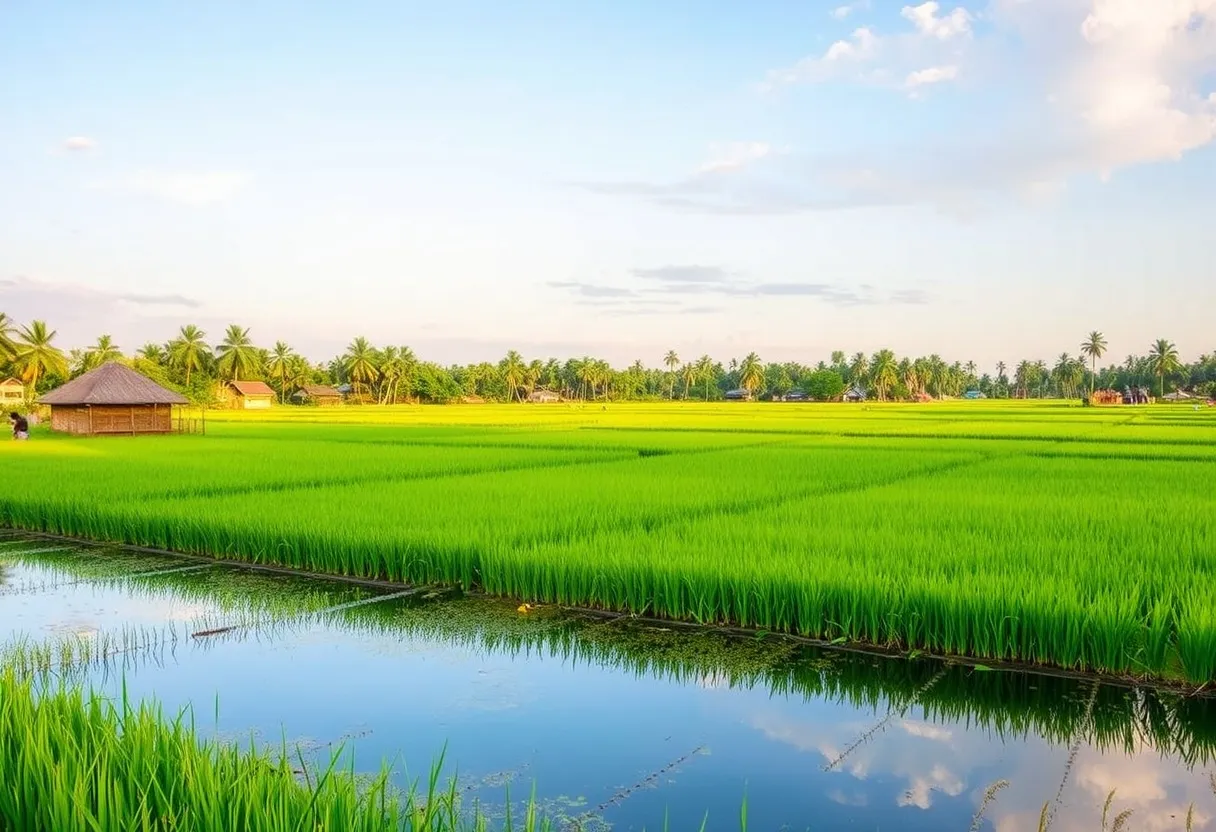
What makes agro-tourism in Kerala even more special is the harmony between man and nature. For generations, local farming communities have worked in harmony with the landscape, rather than against it, developing sustainable agricultural practices that are perfectly suited to the wetland ecosystem and enhance the appeal of Alappuzha agriculture.
Kuttanad’s farming system is steeped in indigenous knowledge. Known locally as padasekharam farming, cultivation happens in low-lying reclaimed lands protected by manually built bunds. These bunds keep the saline water at bay and allow the fields to be cultivated during the dry season. Paddy cultivation below sea level in Kuttanad is an eye-opening experience.
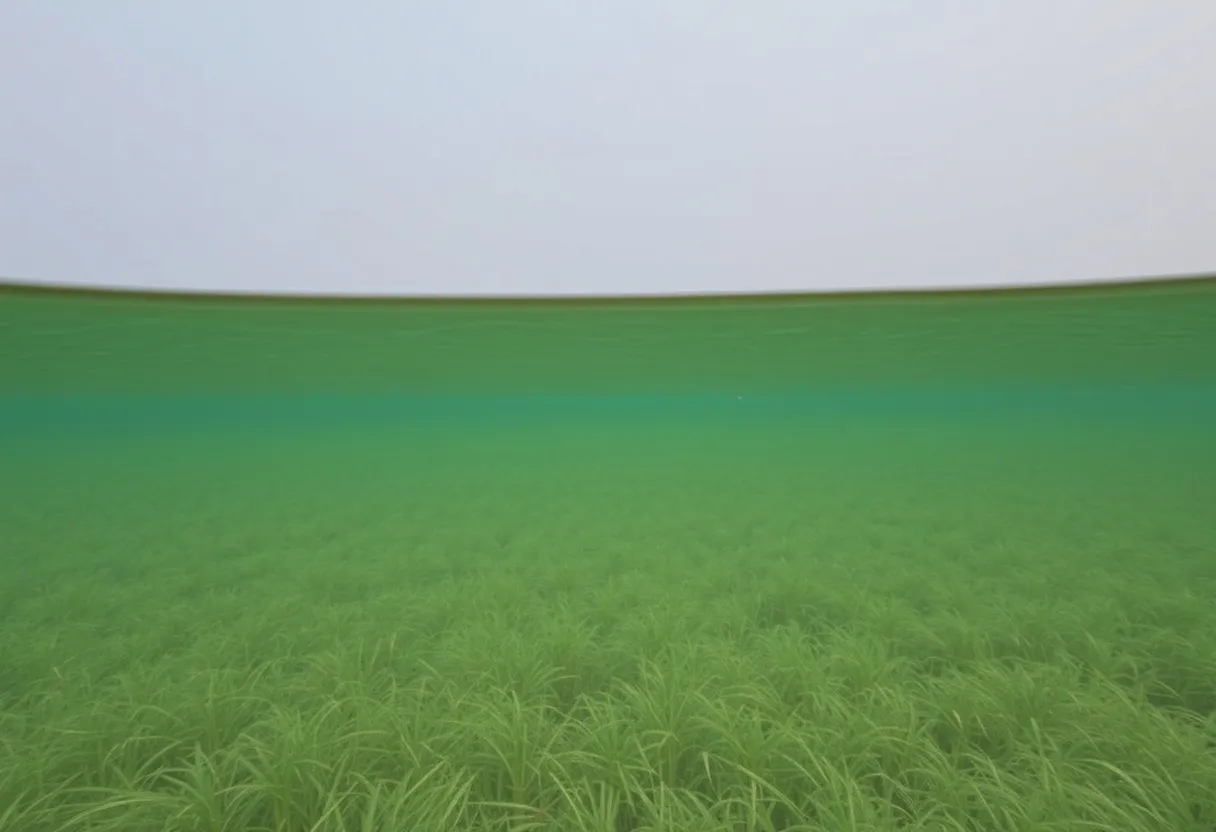
Unlike modern mechanized farming, Kuttanad’s agriculture relies heavily on traditional tools and manual labor. Farmers often use country boats to reach their plots, and water buffaloes still assist in ploughing during certain seasons. The soil is rich and fertile, requiring minimal fertilizers. The main rice varieties grown include Pokkali and Njavara — the latter being an ancient medicinal rice with Ayurvedic benefits.
After the rice harvest, these same fields often become fish farms, especially for karimeen (pearl spot) and prawns, making it a classic example of integrated farming.
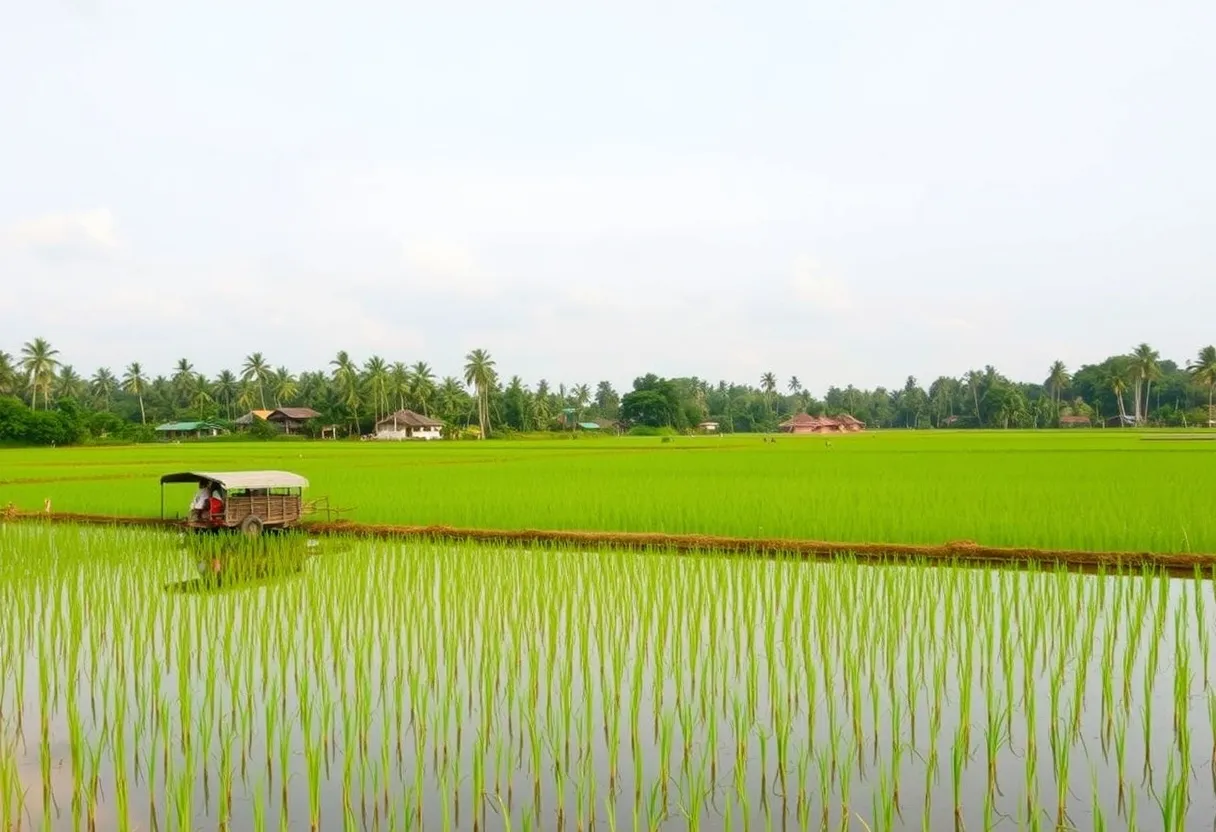
The best season to explore these scenic rice paddies in India is winter and spring, covering the months from October to March. During these months, the weather remains cool and comfortable, with the fields turning a lush green color after the rains of the monsoon season. January is particularly special, as it’s the harvest season — a time of celebration when the landscape turns golden and communities come together for festive events, a highlight of village tourism Kerala.
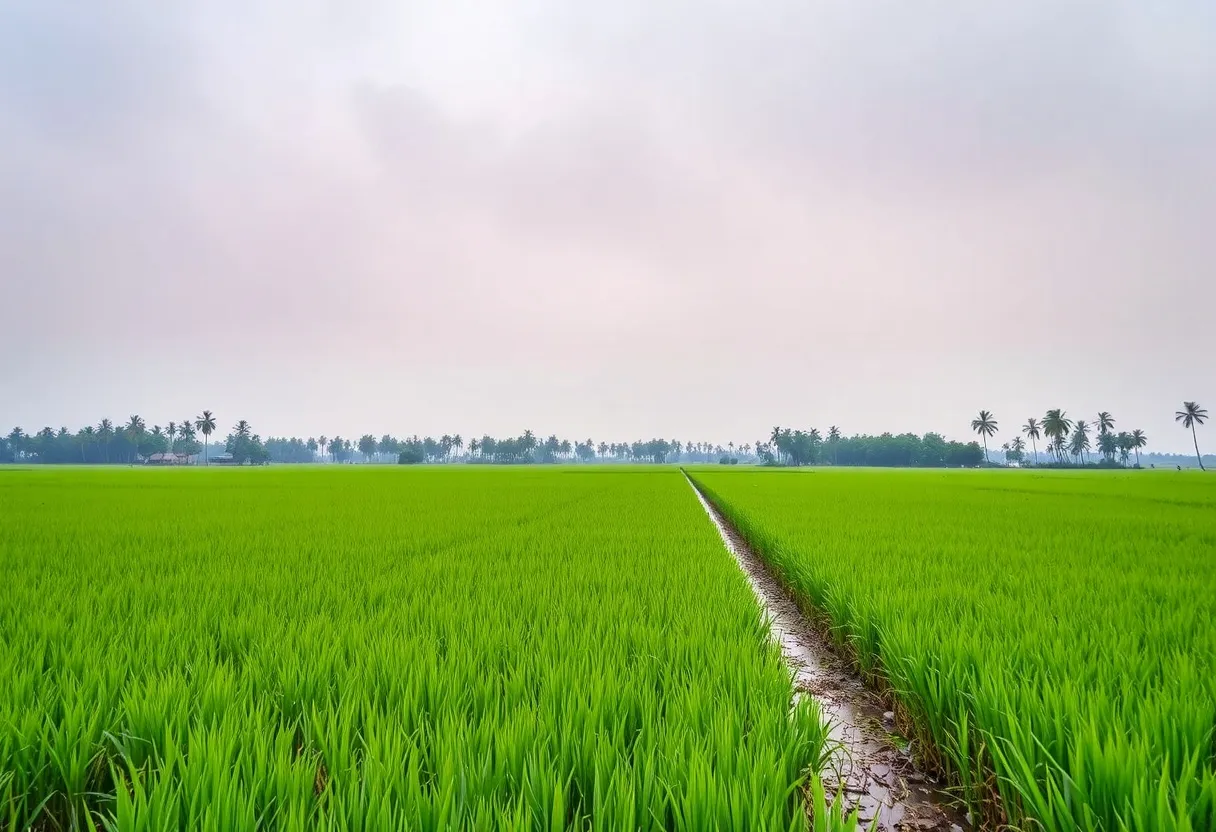
The planting season continues from July to September, and you can watch farmers in action. The landscape will be drenched, so you need to carry waterproof gear.
Kuttanad paddy fields, paddy fields in Alappuzha, and Kuttanad backwaters are not just landscapes — they are living, breathing stories of resilience, tradition, and harmony with nature. From their ingenious farming techniques that are integral to agro-tourism in Kerala to the warm hospitality of local communities, and Kerala rural life, a visit here is a gentle reminder of how deeply humans can connect with the land when they listen closely. If you love nature, the fields of Kuttanad promise a journey unlike any other.

Snap. Snap. Snap. Alleppey, often called the “Venice of the East,” is a paradise, particularly

Escape the crowded houseboats and discover the untouched beauty of Kerala’s backwaters by kayak.
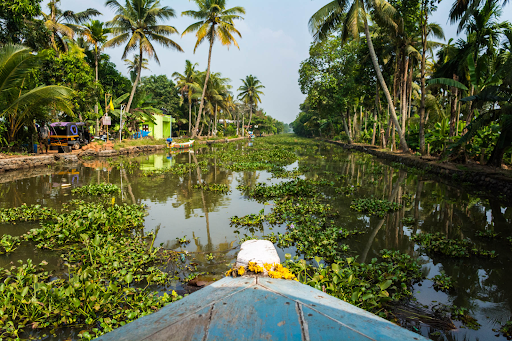
Best Time to Visit Book Now Peak Season (November to February) What to Expect: Mild
Beachfront Bliss in Kerala
Discover Akoya Beach Villa, Alleppey